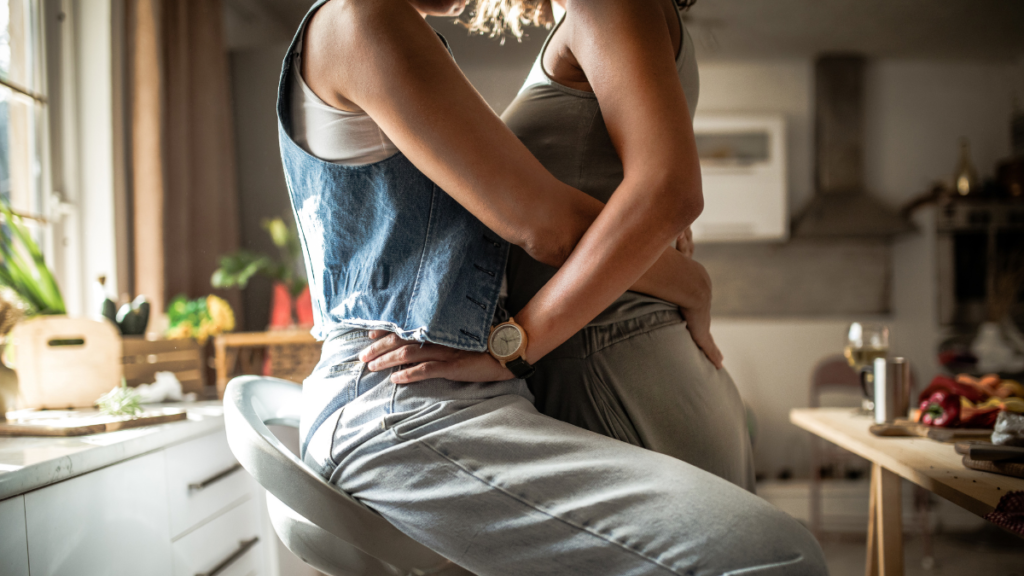Arousal: Turning the lights on and off.
Turn on the fire… Getting in the mood for intimacy, or staying in it, is not always straightforward. A phrase, a detail, or even dirty dishes can influence your desire. We all have unique turn-ons and turn-offs that affect our arousal, many seemingly unrelated to sex itself.
Understanding Your Body’s Response System
Emily Nagoski’s groundbreaking work “Come as You Are” introduces the Dual Control Model of arousal. This model reveals two essential systems: the accelerator and the brake. The accelerator responds to arousal-inducing stimuli—a loving touch, an inviting glance, or a sensual memory. Meanwhile, the brake system responds to stress, discomfort, or feeling unsafe.
Exploring Turn-Ons
What makes you feel connected, desired, and excited?
Common turn-ons include:
- Emotional Connection: Feeling deeply understood and valued through meaningful conversations or shared vulnerability.
- Physical Touch: Gentle caresses, playful kisses, or sensual massage that ground you in your body. This might include simple gestures like holding hands or spontaneous hugs.
- Romantic Atmosphere: Creating ambiance with dim lighting, soothing music, or candles that help you relax and focus on intimacy.
- Words of Affirmation: Receiving compliments, expressions of love, or acknowledgment of your attractiveness builds confidence and desire.
- Shared Activities: Engaging together in activities like dancing, cooking, or hiking can ignite passion.
- Playfulness and Humor: Light teasing and shared laughter that ease tension and strengthen bonds.
- Feeling Desired: Knowing your partner is genuinely attracted to you through their actions and expressions.
- Novelty: Exploring new experiences together to reignite excitement and curiosity.
Understanding Turn-Offs
What situations or feelings kill the vibe?
- Stress or Fatigue: Feeling overwhelmed by work, finances, or family responsibilities.
- Unresolved Conflict: Arguments or tension creating emotional distance.
- Lack of Privacy: Environments where interruption seems likely.
- Pressure to Perform: Expectations about how you should act or feel.
- Distractions: External factors like noise, notifications, or cluttered spaces.
- Emotional Distance: Feeling disconnected or unappreciated.
Embracing Your Unique Pattern
Once you identify your specific turn-ons and turn-offs, you might realize that desire often relates to adjustable external factors. Remember that arousal is deeply personal and evolving—what excites one person might diminish desire for another.
Take time to reflect on your accelerators and brakes. Consider sharing these insights with your partner or use them as a personal guide. Arousal isn’t fixed; it’s an ongoing journey of self-discovery.
